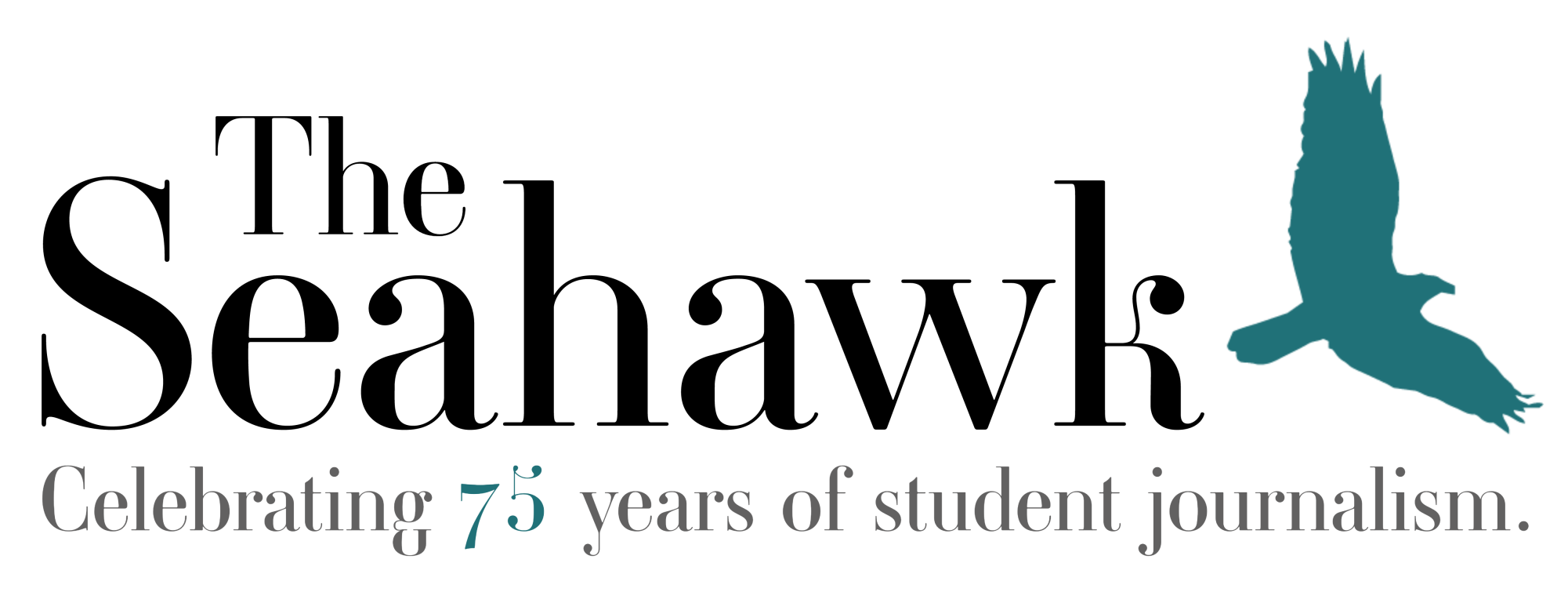Seahawks face CAA expansion
With the restructuring of the Colonial Athletic Association, UNCW will face changes other than the competition.
The CAA, which will add four new teams for the 2002-03 campaign, will be expanding its stretch of territory. The conference’s new additions – Delaware, Drexel, Hofstra and Towson – are all farther north than the CAA’s current schools.
The CAA’s Dec. 13 decision to add these teams to the conference came after American, East Carolina and Richmond announced their respective decisions to leave the conference beginning next year. The expanded geographical state of the conference has the potential to produce positive effects. The new schools, all located in or near larger cities, may help draw more attention to the conference and, in turn, to UNCW’s program. “The big draw for the CAA is that they’re all in major media markets,” UNCW men’s basketball head coach Jerry Wainwright said. “They’re all city schools, and I think the league is looking to expand not only media coverage but possibly their television package up and down the East Coast.” This year just one UNCW men’s basketball game was televised regionally, in addition to one women’s basketball game. More television and media attention for the conference would increase public recognition of UNCW. “[The addition of the northern schools is] going to help not just in terms of the teams we play, but to give us more exposure in that region,” UNCW women’s soccer head coach Paul Cairney said. “We recruit a lot in Pennsylvania, New Jersey, New York and Delaware. It’s going to help us in having some name recognition there.” Other programs will not be affected so much by the expansion. The track and field program, for example, does not look to recruit much outside of North Carolina. “We’re still recruiting within North Carolina,” UNCW head track coach Kevin Ankrom said. “That all has to do with, as a business, the number of scholarships we have.” Currently, UNCW’s athletic programs operate on less money than the other members in the CAA. As a relatively new university, UNCW cannot begin to compete with schools that have thousands of alumni who stuff money into their alma maters’ pockets. The increased travel distances will cost money. While the school and the conference have not yet fully worked out the logistics of travel, they have various aspects to consider. In addition to funding issues, the increased travel distance could also have an effect on the number of classes that student-athletes miss. The conference’s baseball, basketball and soccer teams compete with other schools in both home and away games. The university will need to find funds for the increased travel and determine the most efficient method of transportation. The men’s basketball team, which is the only UNCW team that generates income from attendance, hopes that the additional home games will help in travel expenses. “The creation of this conference will bring in some TV money,” athletic director Peg Bradley-Doppes said. “Also, the feeling is that instead of one team going into the NCAA Tournament… it will be a two-bid conference.” For each team that goes to the tournament, every school in the conference gets money. Men’s basketball powers such as Delaware and Hofstra, both of which have represented the America East Conference in the NCAA tourney, look to add to the level of competitiveness in men’s basketball. Both the men’s and women’s basketball teams will fly to each of the away games, but other sports will not play the same amount of games on the road. “I think you’re going to see cluster scheduling,” Bradley-Doppes said. In that system, there would be tournaments with multiple conference schools competing at the same site. Travel expenses will be greater than in the past because of the distance of the new schools in the conference. “[The expansion] will take us to a different level of transportation,” Bradley-Doppes said. “We’ll have to fly. The cost is going to be exorbitant, but we’re going to have to.” The CAA also may look to work out a partner system, where UNCW could visit two schools in one road trip, and athletes would miss just one day of classes during the trip. The geographical aspects of the expansion will not affect programs such as track and field and swimming and diving, which do not have to participate in dual-competitions with each member of the conference. “We’re not mandated to compete against each other, except at the conference meet,” Ankrom said. “But it is nice if we can compete against those other schools on occasion, just to see what’s going on.” Dave Sokolofsky, a junior on the swim team, said the swim team would not expand its traveling situation. “Coach said we’re not going to have any interest in doing that,” Sokolofsky said. “Traveling 11 hours just to swim one day.” For the teams that have to travel, the CAA and the schools look to work together to find time- and cost-efficient strategies.
Conference members are talking about adding two more schools and branching into two divisions, and action that could have more positive effects not only on travel, but also on media coverage.
But while the CAA stands as a 10-team conference, there will be some hurdles to clear before its members can enjoy the expansion’s benefits.

